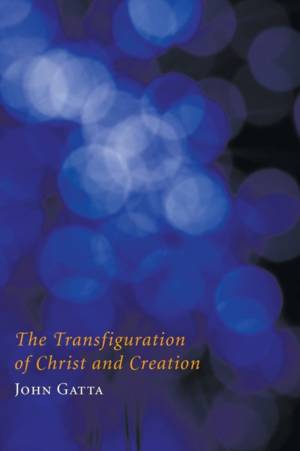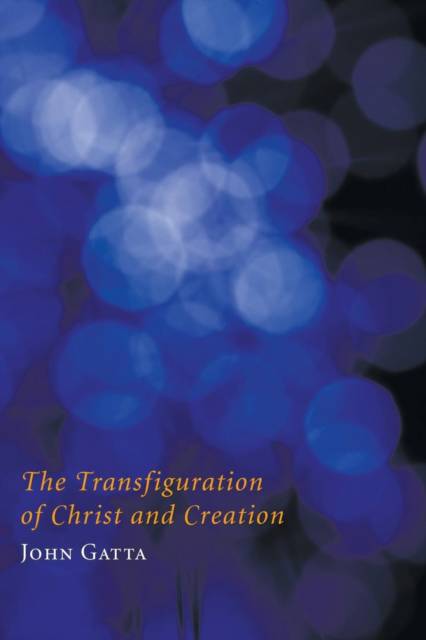
- Afhalen na 1 uur in een winkel met voorraad
- Gratis thuislevering in België vanaf € 30
- Ruim aanbod met 7 miljoen producten
- Afhalen na 1 uur in een winkel met voorraad
- Gratis thuislevering in België vanaf € 30
- Ruim aanbod met 7 miljoen producten
Zoeken
€ 33,45
+ 66 punten
Uitvoering
Omschrijving
The biblical story of Jesus' Transfiguration "on a high mountain" bristles with meanings germane to present-day concerns and spiritual longings. Together with its later artistic representations, this episode from the synoptic gospels seizes the imagination as an icon of mystical hope, beauty, and possibility. What might such an iconic episode, long honored liturgically in the Eastern church, disclose not only about Jesus, but also about the prospect of seeing our human nature transformed? And as interpreted by Christian tradition since the patristic era, what might it tell us about the worth of envisioning not just a conservation or preservation of natural resources but a transfiguration of all creation, and about how this "feast of beauty" could re-energize current discussions of Christianity's relation to environmental attitudes and policy? Such questions are addressed in this book through an original blend of personal reflection with commentary on relevant theological and scriptural texts, literary works, music, and art.
Specificaties
Betrokkenen
- Auteur(s):
- Uitgeverij:
Inhoud
- Aantal bladzijden:
- 166
- Taal:
- Engels
Eigenschappen
- Productcode (EAN):
- 9781608996742
- Verschijningsdatum:
- 1/01/2011
- Uitvoering:
- Paperback
- Formaat:
- Trade paperback (VS)
- Afmetingen:
- 152 mm x 226 mm
- Gewicht:
- 235 g

Alleen bij Standaard Boekhandel
+ 66 punten op je klantenkaart van Standaard Boekhandel
Beoordelingen
We publiceren alleen reviews die voldoen aan de voorwaarden voor reviews. Bekijk onze voorwaarden voor reviews.











